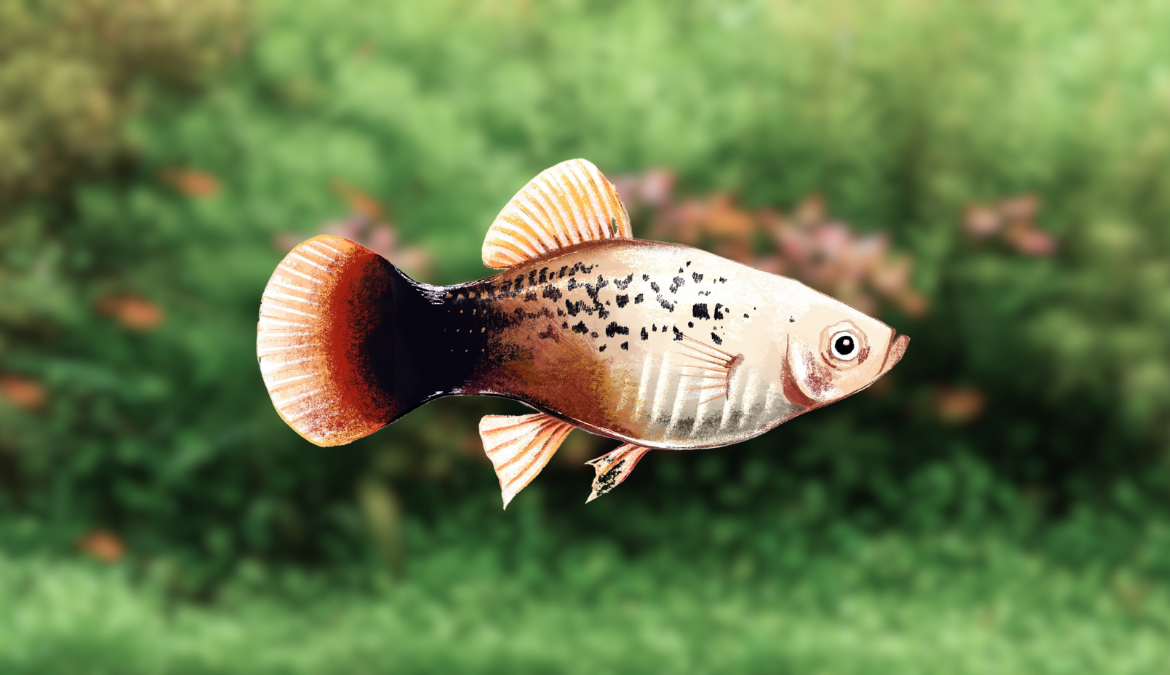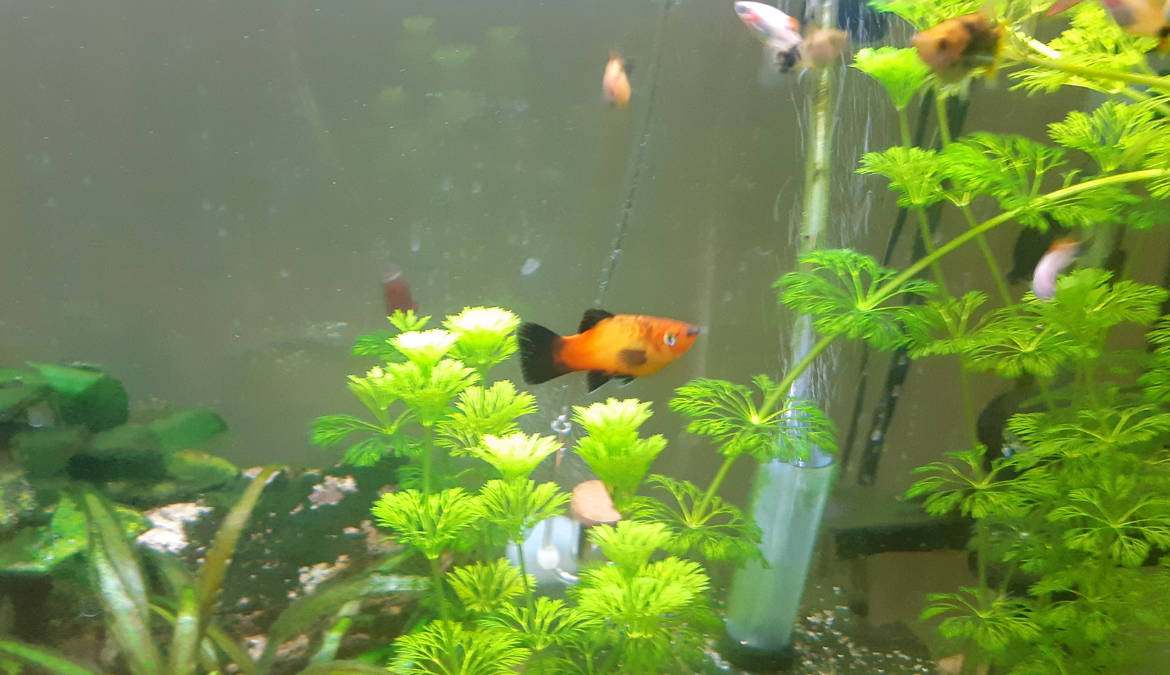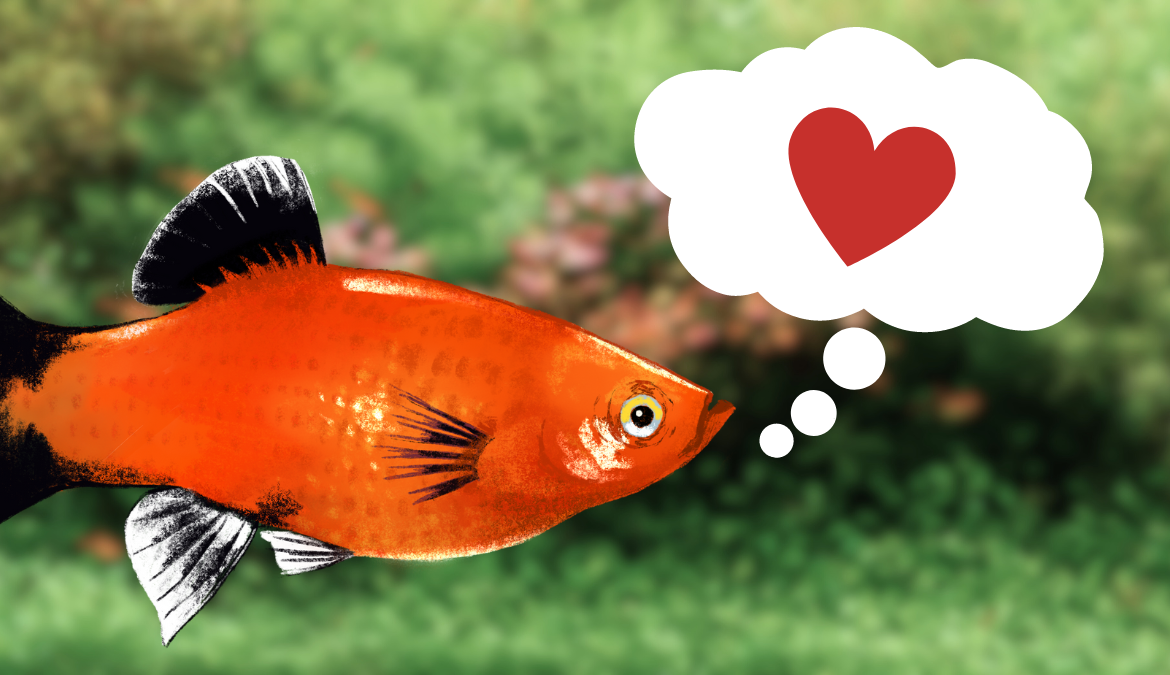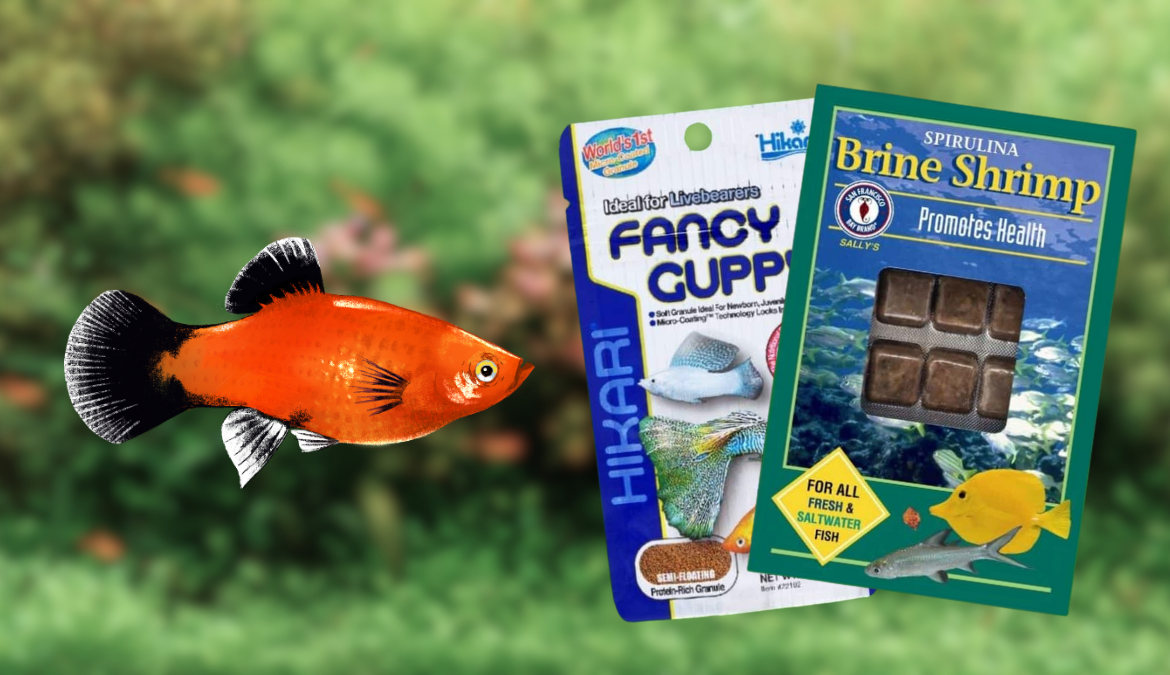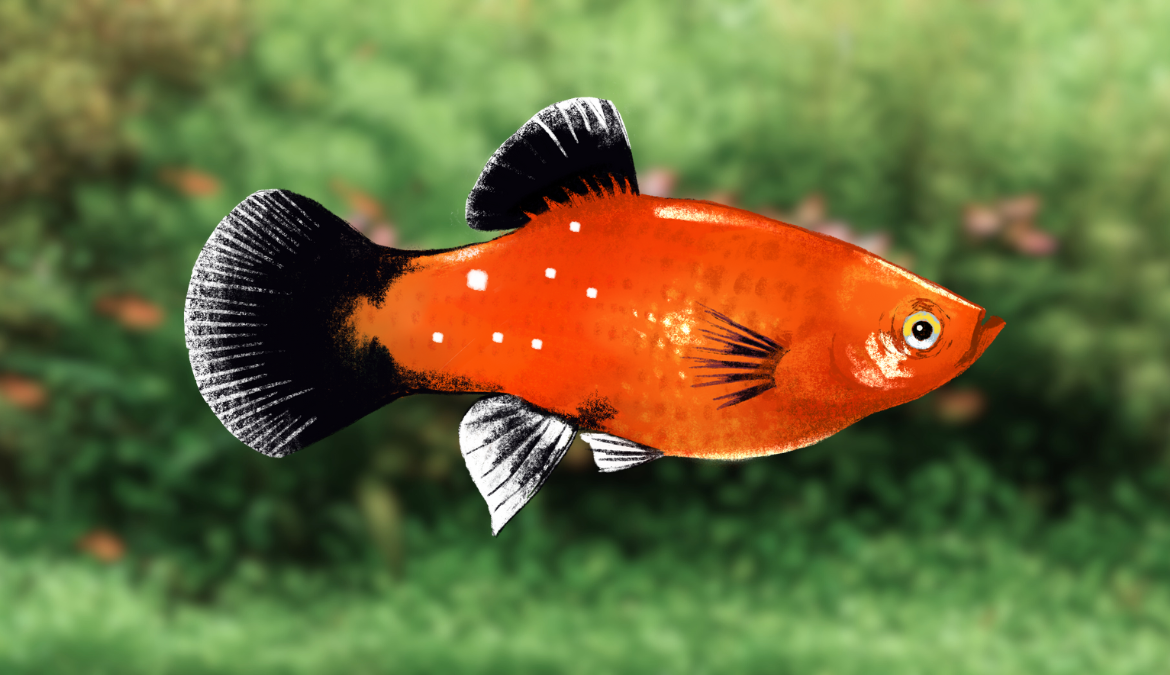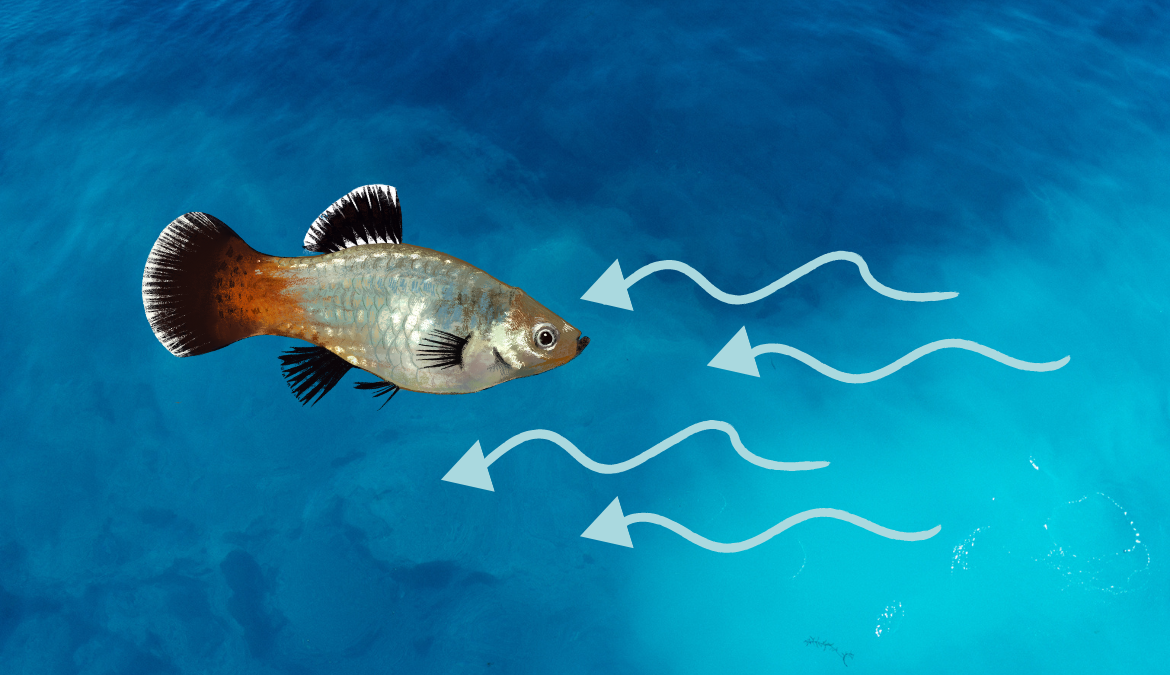Tank size, the nitrogen cycle, compatible tank mates, and diet are the most common mistakes platy owners make. Carefully consider the following tips to provide your platies with a happy and stress-free life.
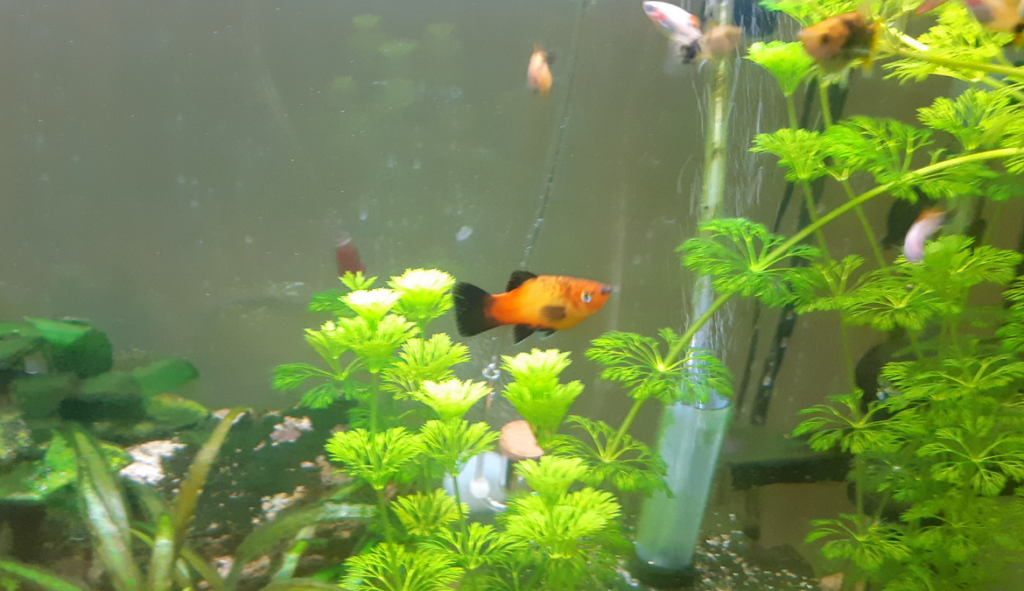
Contents
- 1 #1. Choosing the Wrong Tank Size
- 2 #2. Failing to Cycle the Tank Before Adding Fish
- 3 #3. Overlooking the Importance of a Balanced Diet
- 4 #4. Ignoring Water Parameters
- 5 #5. Overstocking and Overfeeding
- 6 #6. Not Providing Enough Hiding Spots
- 7 #7. Ignoring Regular Maintenance
- 8 #8. Incompatible Tank Mates
#1. Choosing the Wrong Tank Size
One of the most common mistakes made when setting up a new platy fish tank is overlooking the importance of tank size. Platy fish require space to swim freely and grow. Inadequate space can cause stress, which could lead to health issues.
As a general rule, platy fish require at least a 20-gallon tank. But, why is this so important?
Imagine living in a cramped room with no space to move around. Over time, the limited space would become uncomfortable, if not intolerable. The same applies to platy fish.
Not only do platies need space for swimming, but they also require room for growth. Additionally, platy fish are livebearers and are known to breed prolifically. Ignoring the possibility of breeding could lead to an overcrowded tank, a situation that is detrimental to the health and wellbeing of your fish.

#2. Failing to Cycle the Tank Before Adding Fish
After setting up your tank, it’s essential to let it cycle before introducing your platy fish. This process, known as tank cycling, involves establishing beneficial bacteria in your tank that can convert harmful toxins like ammonia and nitrite into less harmful nitrate.
Without these bacteria, your tank water can become toxic for your fish.
So, why is tank cycling so important?
Fish excrete waste in the form of ammonia, which is highly toxic even at low levels. In a properly cycled tank, beneficial bacteria convert this ammonia into nitrite and eventually into nitrate, which is less harmful and can be removed with regular water changes.
Test your water using test strips or water drop tests, like the ones from API:
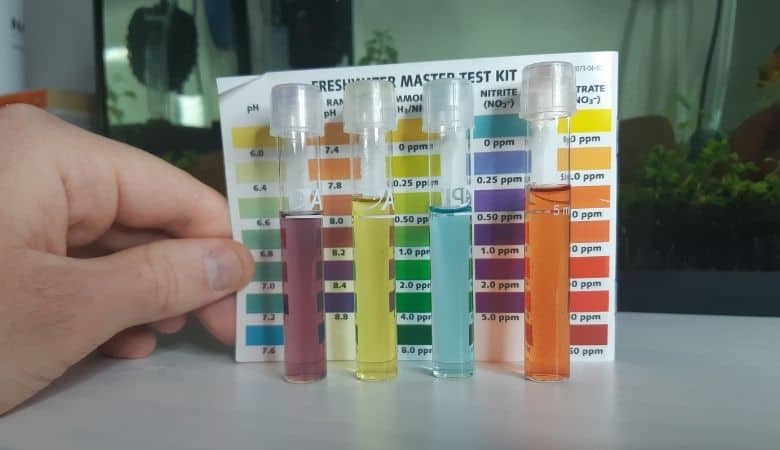
Introducing your platies to an uncycled tank can expose them to high levels of ammonia and nitrite, leading to stress, disease, and potentially death. If you want to learn more about this crucial process, check our in-depth article on platy water quality.
#3. Overlooking the Importance of a Balanced Diet
While it’s true that platy fish are omnivores and not particularly fussy eaters, a balanced diet is essential for their health and vitality. Just like humans, platies require a variety of nutrients to thrive.
A diet solely based on flake food or pellets is unlikely to provide all the necessary nutrients. This is why diversifying your platy’s diet is important.
A well-balanced diet for platy fish should include a mixture of commercial foods and occasional live or frozen foods like bloodworms or brine shrimp.
I like San Fransisco Bay Brand Brine Shrimp with Spirulina (below), which is a type of cyanobacteria, often referred to as blue-green algae, that grows in both fresh and salt water.
It’s a great protein source and contains many beneficial nutrients including including Omega-3 and Omega-6, and a variety of vitamins such as B1, B2, B3, B6, B9, C, D, and E.
Spirulina also has high concentrations of carotenoids and other pigments which can help enhance the color of your platies.

The occasional vegetable matter is also a good addition.
But why does the diet need to be balanced?
A varied diet ensures that platies receive all the necessary nutrients, helping to boost their immune system and overall health. For more detailed information on what to feed your platy fish, you can refer to our guide on what platy fish eat.
#4. Ignoring Water Parameters
Platies are hardy fish, but that doesn’t mean they can survive in just any water conditions. Ignoring the water parameters, such as temperature, pH, and hardness, is a common mistake that can lead to stressed and unhealthy fish.
Platies prefer water temperatures between 75-80°F (24-27°C), a pH between 7.5 and 8.5, and moderate general hardness of 10-20 dGH (178-356ppm).
Why is maintaining these water parameters important?
Fish are ectothermic animals, meaning their body temperature is regulated by the environment around them. If the water is too cold or too hot, it can cause stress and disease.
Likewise, drastic changes in pH and hardness can also lead to health issues.
Maintaining stable water parameters that match the platy’s natural habitat is key to their wellbeing. You can find more details about these parameters in our platy water parameters guide.
API also sells general and carbonate hardness drop tests, which I recommend:
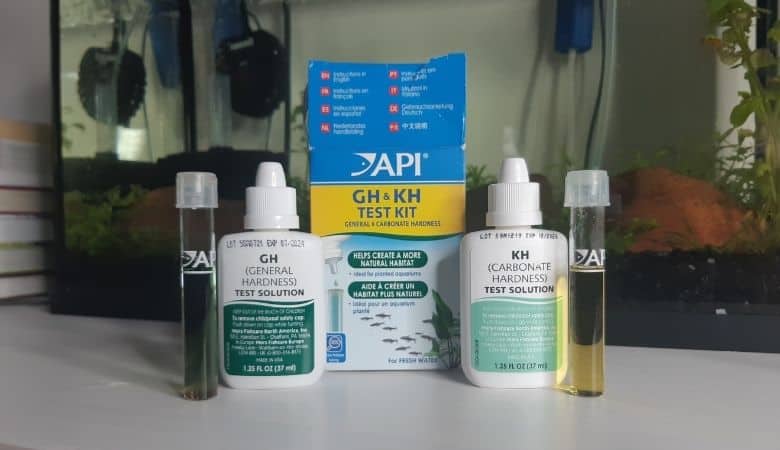
#5. Overstocking and Overfeeding
Another common mistake made when setting up a new platy fish tank is overstocking and overfeeding. As mentioned before, platy fish are prolific breeders.
While it might be tempting to start with a large group of fish, this can quickly lead to overpopulation, especially considering their breeding habits.
Similarly, while it’s essential to ensure your fish are well-fed, overfeeding can lead to poor water quality and obesity. Overfeeding platies can also lead to leftovers, which decay in the water and elevate the levels of harmful substances like ammonia.
Always feed in small quantities that can be consumed within a few minutes and maintain a balanced fish to tank size ratio to ensure a healthy environment. For more on this, our article on platy overpopulation offers detailed insights.
As sad as it might sound, the expression “a hungry fish is a healthy fish” is not far from the truth. I still choose to feed my platies once per day, but in small amounts.
#6. Not Providing Enough Hiding Spots
Platies are generally sociable fish that enjoy swimming in the open. However, they also appreciate having places to hide and rest. A common mistake when setting up a new platy tank is not providing enough hiding spots, leaving the fish feeling exposed and stressed.
Why do platies need hiding spots?
Well, even though platies are active swimmers, they also need places where they can retreat and feel safe. This is especially true in a community tank, where there might be more aggressive fish.
Providing hiding spots like caves, driftwood, or densely planted areas helps create a more natural environment and reduces stress in your fish. Our guide on platy hiding spots provides more information on this topic.
#7. Ignoring Regular Maintenance
Fish tanks are not a ‘set it and forget it’ type of pet habitat. Regular maintenance is crucial to maintain a healthy environment for your platy fish.
This includes tasks like testing the water parameters, cleaning the tank, and replacing a portion of the tank water regularly. Ignoring these tasks can lead to poor water quality and stressed, unhealthy fish.
Why is regular maintenance necessary?
Fish tanks are closed systems, meaning waste products can quickly build up without regular cleaning. This can lead to poor water quality and an increase in harmful substances like ammonia and nitrite.
Regular maintenance helps ensure a clean, healthy environment for your fish and can prevent many common fish diseases. Check our platy disease prevention guide for more information on how to maintain a healthy tank.
#8. Incompatible Tank Mates
Choosing the wrong tank mates for your platy fish is another common mistake that can lead to stress, injury, or even death. Platies are peaceful, community fish and should be housed with other species that have similar temperaments and environmental needs.
Why is it crucial to choose compatible tank mates? Placing aggressive or overly territorial species with platies can lead to constant stress or physical harm.
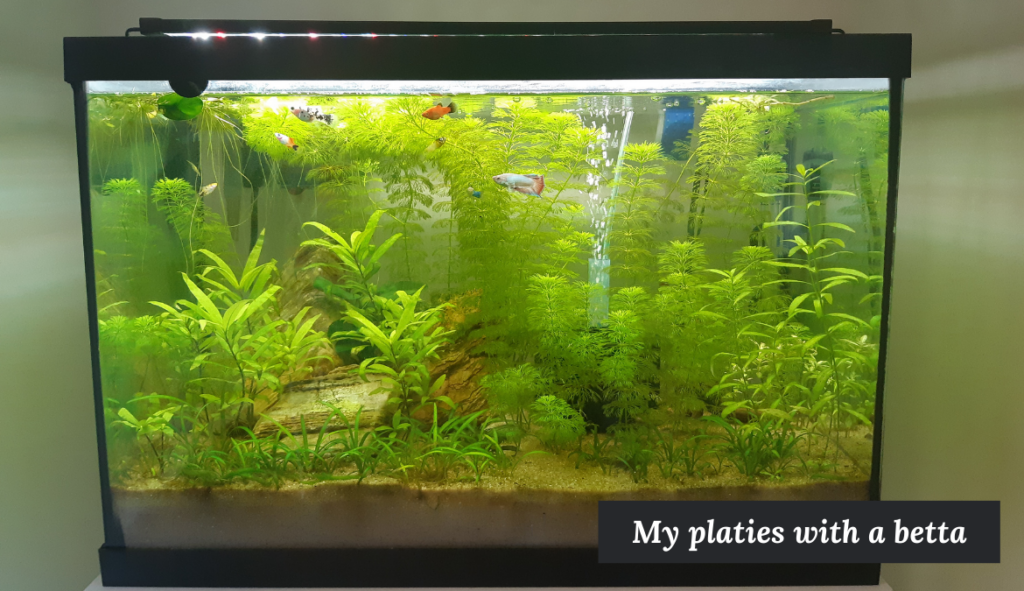
Similarly, species that prefer significantly different water parameters may not thrive in the same environment. Learn more about suitable platy tank mates in our comprehensive guide.


